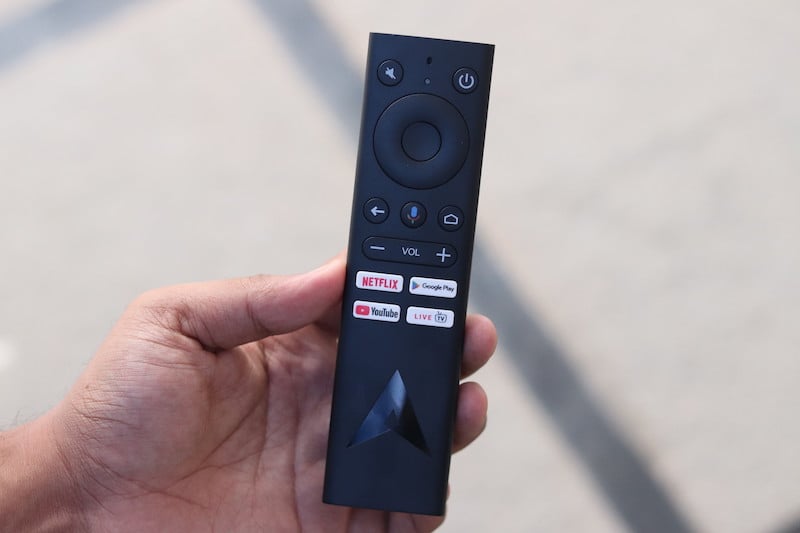Trai Accepts Responsibility for Increased Monthly Cable and DTH Bills
After a lot of denials and dismissals, Trai has finally come around and accepted the fact that the new regulatory and pricing framework might have hiked prices for the cable and DTH subscriptions in the country. In the time after the new implementation, Trai has received numerous complaints about the rising monthly costs and as such, the sector regulator has finally decided to do something about it. In the coming months, Trai will be floating a consultation paper to gauge some likely ideas about how it can reduce the monthly TV bills.
Troubles for Cable TV Operators Increase
The first and foremost and the fastest impact that we have got to see on the business side of the things is perhaps for the cable operators. In Kolkata, after the rollout of the new tariff regime, things have become tough for the cable operators as they are struggling to keep their operations normal under even with reduced earnings. The earnings for these operators have declined by as much as 45%. While previously they used to earn up to Rs 175 and Rs 200 per subscriber, now they get only Rs 90. Due to this, the operators are having trouble paying salaries to their workers who collect subscription fee or carry out the maintenance work. These operators have even approached Trai asking for permission to levy a service charge on subscriptions so that they can keep their operations running normally. If the situations remain this way, then it might be possible that the subscribers would have to pay the subscription fee to these operators by visiting their offices. Also to add to the woes, more and more subscribers are transitioning to DTH providers from cable operators, thus delivering another slow dent to these operators.
Monthly Rentals Increase for Subscribers
Although this is an ongoing debate, most subscribers can see the picture clearly. Most consumers have reported that they are now paying more for the same channels which they previously used to watch on a much lower monthly rental. However, there is little that the subscribers can do about this. This phenomenon has already been noted by various surveys and studies which the firms have made. The YouGov study has already highlighted that post the new tariff regime; the subscribers feel more affinity towards the video on demand content services and OTT applications. There is little doubt now that the new tariff regime has slipped its hands deeper into the pockets of subscribers.
Lack of Awareness and Technical Knowhow Become Hurdle
The new tariff regime brought a penetration problem to the industry as all the subscribers in all parts of the country were required to switch to the new system. What made it even more difficult was the fact that the migration required the intervention by the subscriber himself. However, things were difficult for the older age group as they were lost about the migration process to the new Trai tariff regime and lacked the knowledge to use the company website to make channel selections. Also, while the DTH operators simply made a change to their sites to carry this out, the operators had to go the manual way as they made their customers fill out paper forms with channel selections. The customers who were not able to migrate to the new tariff regime were updated with Best Fit Plans which closely resemble their previous channel selections. Even then, there is a chance that these subscribers might lose out on a few channels. Their monthly bill is also likely to change even though it won’t be more than what it previously was.
The Positive Side of the New Trai Tariff Regime
While there is a lot of chatter regarding how the Trai tariff regime has been a negative thing for the industry, there are surely positive sides to it too. To look on the bright side of this regulatory framework it is crucial to note that pricing is not the only thing that it sought to change. Owing to the new framework, the DTH companies and the cable TV operators have been under stringent scrutiny from the telecom regulator regarding proper following of quality of service norms. It is because of these new rules, that many areas like proper information conveying, customer service, websites and many other avenues have undergone improvement for the good. The information and broadcasting ministry has also remarked about this saying that as of late there have been no breaches found in the new regulations laid down by Trai. This means that the customer service, and parameters for quality of service have gone up in the industry.

